After my D3 exam, it made perfect sense to linger a bit longer to beautifully end my stay this time with London Wine Fair.

In Italy, where I live, wine fairs predominently showcase Italian wines, while on those in London, you get to taste wines from far and wide all over the globe: the difference between a producing country and a consuming country it is.
But don’t get me wrong, Italians do consume, and the amount is far from modest. It’s just the tremendous love and pride they have for their own territory have yet to ignite much of their curiousity or interest in wines hailing from other countries, with France being a rare, rare exception.
Although sharing Italians’ soft spot for French wine, Brits welcome everything else too. Therefore, unsurprisingly, it was on the London Wine Fair that I had my first taste of Uruguayan wine.
Uruguayan Tannats
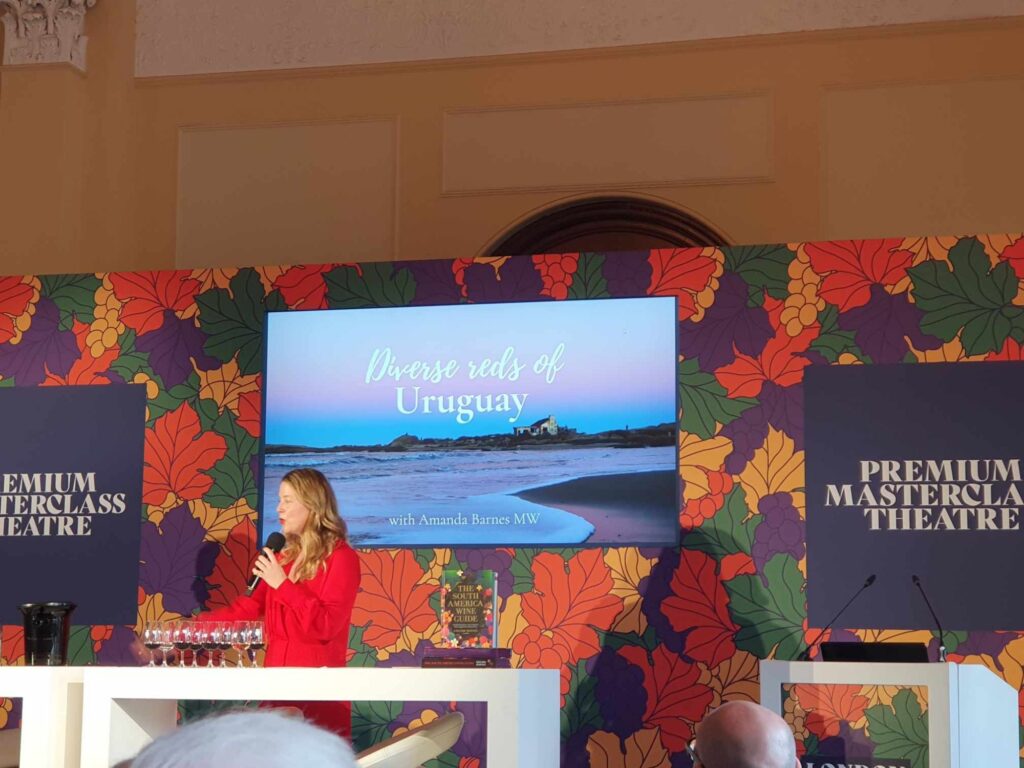
Thanks to the masterclass given by Amanda Barnes MW, I learnt about Urugury like I’d never before, say, a stunning 98% of its electricity comes from renewable sources. Naturally, their wine is made hand in hand with their care for the environment and their spirit to innovate.
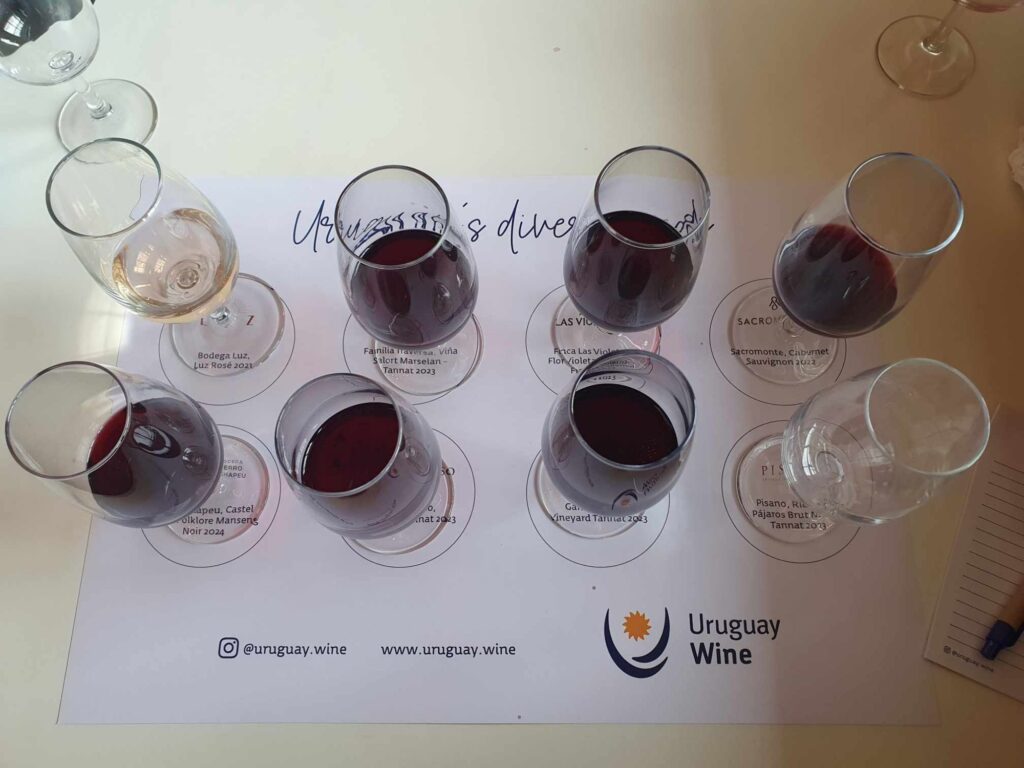
Heavily focussed on Tannat, with Cabernet Sauvignon and Marselan (a cross between Cabernet Sauvignon and Grenache) adorning Uruguay’s red wine scene, these signature reds were considerably tannic and the fruit appeared shy. Unless a gum-exfoliating sensation is what you’re particularly after, I wouldn’t recommond these reds to be drunk young. Though with time, I believed they would evolve into something really lovely, more in line with the harmonious impression Uruguay had given me. The rosé, being tannin-less, was instead perfectly drinkable and utterly pleasant.
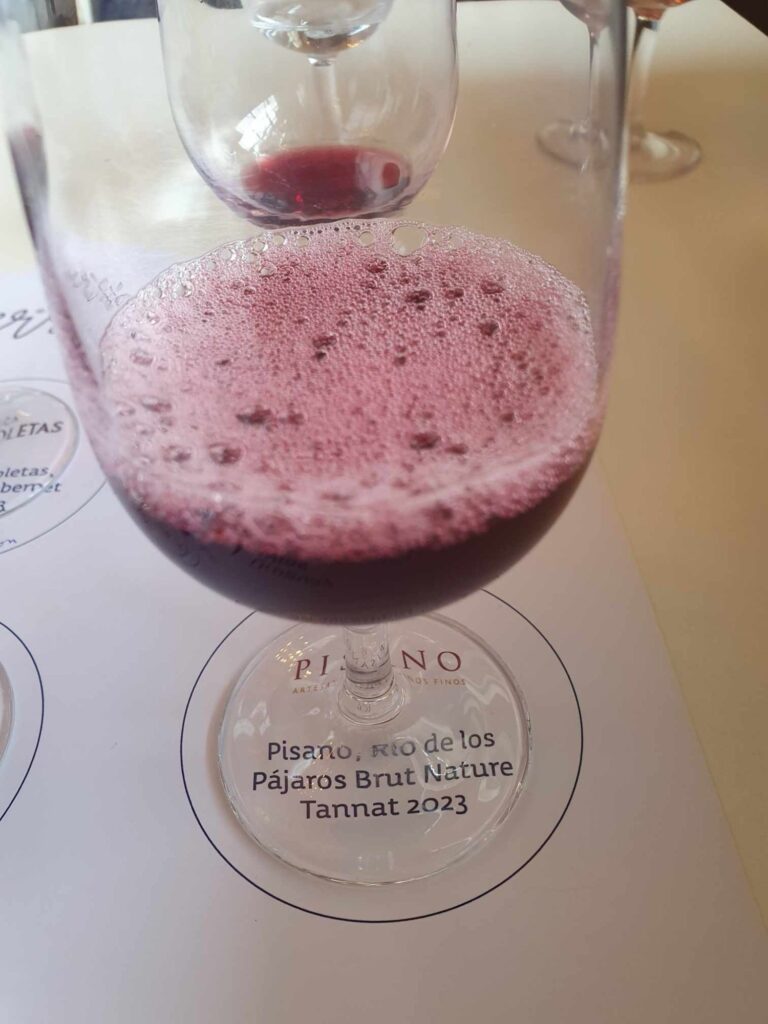
Unmistakably Georgian
Then it was also on London Wine Fair I had my first sip of Georgian wine. Four wines, four styles, but all boasted an unmistakable hint of seafood-broth-like salinity. I wasn’t sure if I fancied this character but for sure these Georgian wines had a distinct identity that was worth taking a good look at.
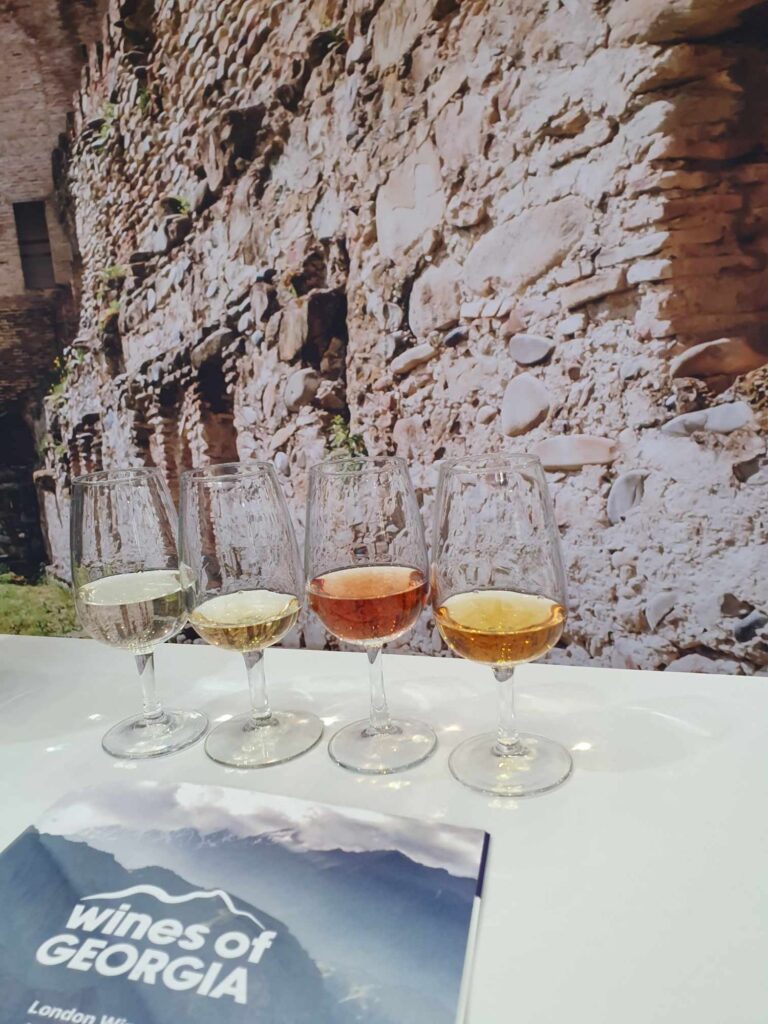

Iberian Old Vines
Before the Georgian tasting, I had attended two other masterclasses also guided by Sarah Abbott MW, one on Iberian old vines and the other Prosecco. The Iberian one had us taste several intensely-extracted, ultra-tannic, traditional-styled Portuguese reds, among others. Despite the global drinking trend leaning towards lighter and more approachable, many wineries still guard the production of heady, potent reds like there’s no other way. At the end of the day, the trend being the trend, I can still easily name a good number of people I know who’d prefer an old-schooled red time and again.
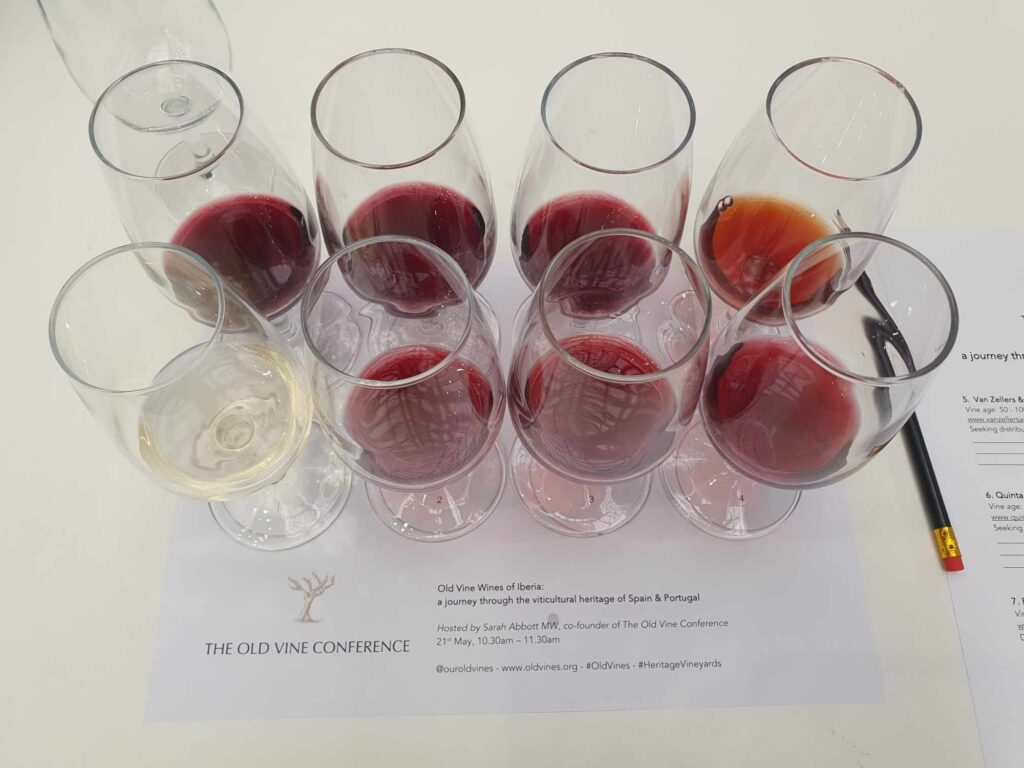
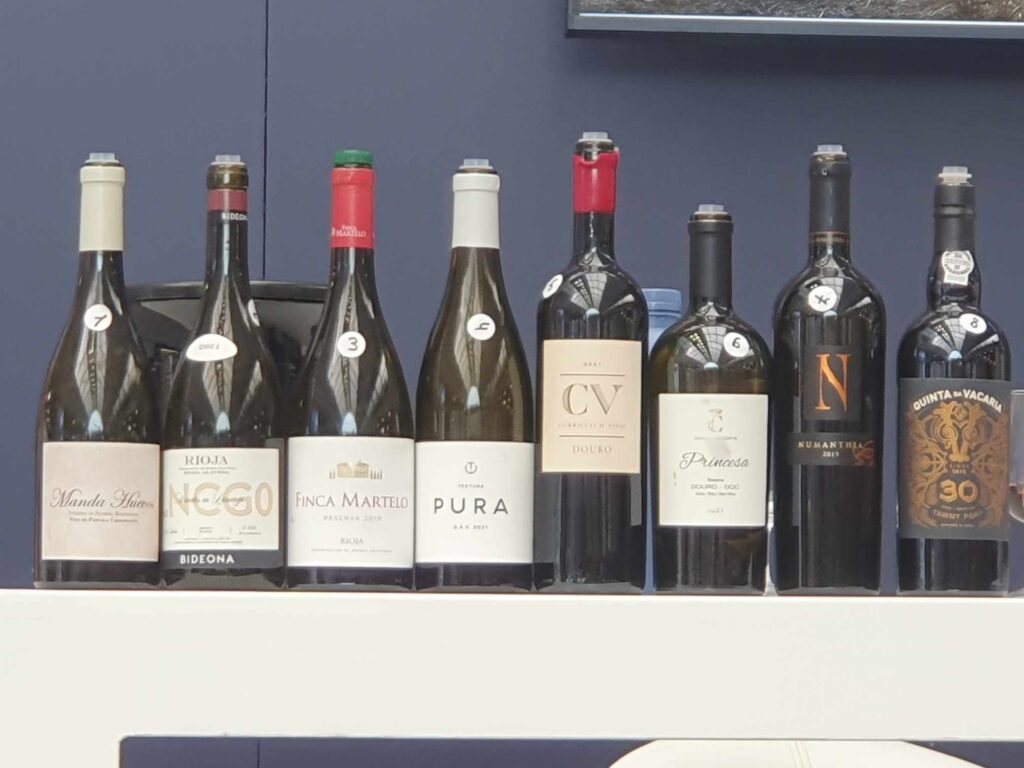
The Prosecco Struggle
Premium appellations like Valdobbiadene and Conegliano were the motif of the Prosecco masterclass, with an explicit attempt to tell the world Prosecco was more than those semi-sweet, quaffable supermarket options. While I admired this effort, I found it hard to perceive much in almost all the wines I tasted other than notes like white flower or honey. A few of them were in fact too subtle in flavour that a higher level of residual sugar would be fatefully necessary to give the wine a character boost.
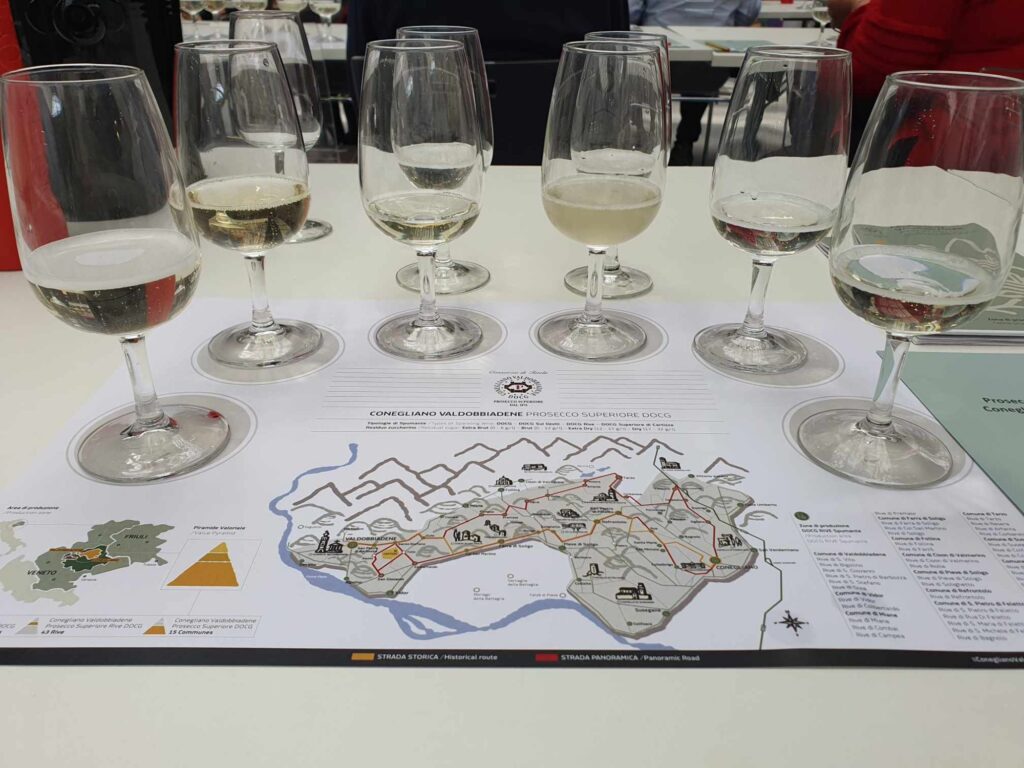
If the terroir proved good, and the winemaking was neat, then the only thing to blame for mediocrity in wine would be the grape variety. I know for a fact that countless sources say when yields are controlled, Glera can make concentrated wine, but that’s simply contradicted my tasting experiences with premium Prosecco so far. You may argue that’s because I haven’t tasted enough. I agree. And I still very much look forward to tasting a soul-stirring Prosecco without the help of residual sugar. Just so you know, I did once taste an amazing Prosecco (by Garbara) from Cartizze (a cru in Valdobbiadene), and guess what? It was, again, semi-sweet.
Sake Pairing 2.0
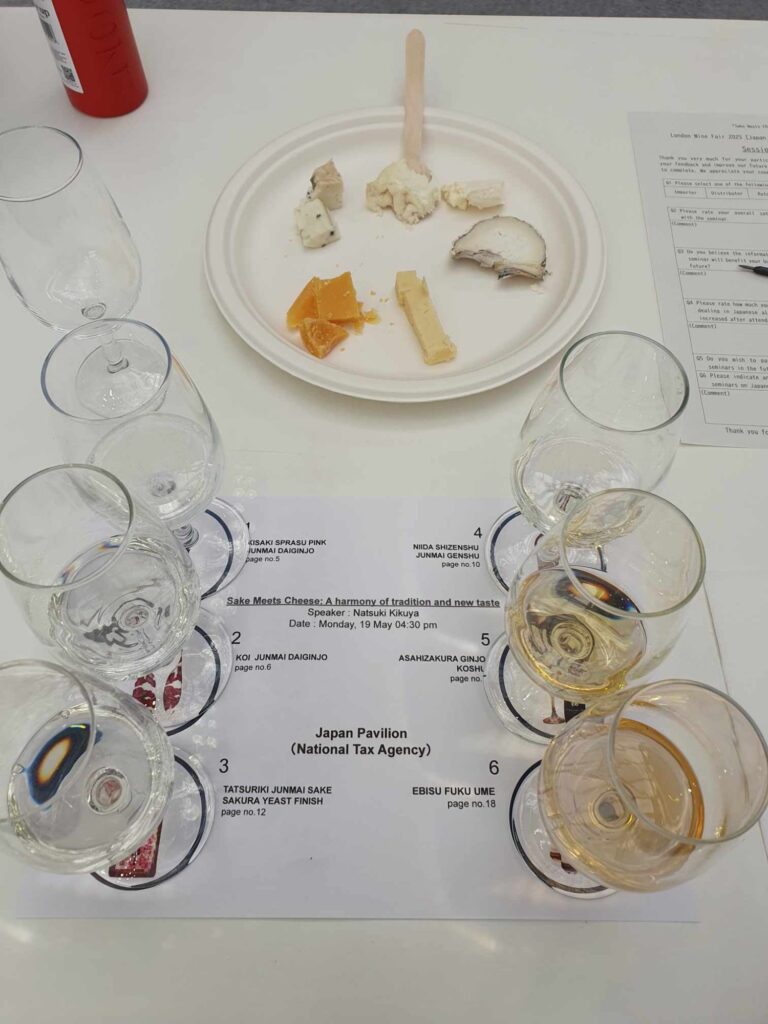
Before this tasting, my Sake experience had been close to nil, yet my maiden voyage was already as unconventional as pairing it with cheese. Unconventional as it could be, it made good sense. From floral, delicate to strong and savoury, each Sake was matched with a cheese that had a very similar aroma and flavour profile. Honestly, young Sakes on their own were a little bland to my taste, but having them with soft, fresh cheeses did intensify the flavour of the Sakes, bringing the best out of them. This masterful pairing had been curated by Natsuki Kikuya, a London-based Sake expert. In every tasting, it is exactly this kind of eye-opening, speechless-in-a-positive-way moment that makes it worth all the time, energy and money spent.
If I had to choose my favourite? The old vine Macabeo 2021 “Manda Huevos Carramainas” by El Escocés Volante from Calatayud, Spain.

